My return to photography progressed to the point of curiosity about medium format film and cameras. To satisfy that itch, I purchased from Jeff Gurthrie at Japan Vintage Camera the Semi Leotax R that was featured in one of his many YouTube videos. “Semi” in the name refers to the fact that it does not take full 6x6cm photos typical of medium format cameras. This is an exceptionally compact medium format camera that shoots only 6×4.5cm frames in portrait orientation. It yields about 16 images from a roll of 120 film. Given the compact size of the camera, it is easy to turn it on its side to take landscape orientation photos.
The Semi Leotax R was made in the early 1950’s by Leotax, which also produced many Leica copies as Japan was getting its post-WWII economy back on a civilian footing. It has an uncoupled rangefinder but lacks a meter. I used the LightMeter Pro app on my Android phone and it worked fine on a mostly sunny day when I ran my first roll of film through the recently received folder.
I picked Kodak Gold 200 as the first roll with which to test the Semi Leotax R. It is a cheap but versatile film with good exposure latitude. Latitude was important since this is my first camera without a built-in meter and I was not sure how well the smartphone app would work. As it turned out, the app gave me readings which, when manually transferred to the aperture ring around the lens of the camera, fell well within the Kodak Gold’s exposure latitude and produced good results.
Unlike modern cameras, the Semi Leotax R has no battery and is entirely manual. Even the rangefinder, although handy for determining distance to the subject, requires you to manually transfer the indicated distance to the focusing ring around the lens. Other manual functions I had to get used to were charging the shutter with a lever on the side of the lens and remembering to manually advance the film after each shot using a key winder on the bottom right of the camera housing. The key winds quickly, so I had to go slowly to avoid overshooting the next number in the exposure window on the back of the camera.
Another quirk is the location of the shutter release button. It is on the top left of the camera. Every other camera I’ve owned had the shutter release on the top right. Shutter speeds range from B to 1/300th of a second. Being old and with less than perfectly steady hands, I shot at 1/200th for this first roll. Most of these shots were taken with the aperture manually set between f11 and f16.
I returned to my favorite local park, Lake Eola in downtown Orlando, for these shots. On the northeast shore of the lake is the Chinese Ting. It was built in Shanghai. When donated by Nelson Ying, the Ting had to be disassembled, shipped to Orlando, and reassembled in the park.
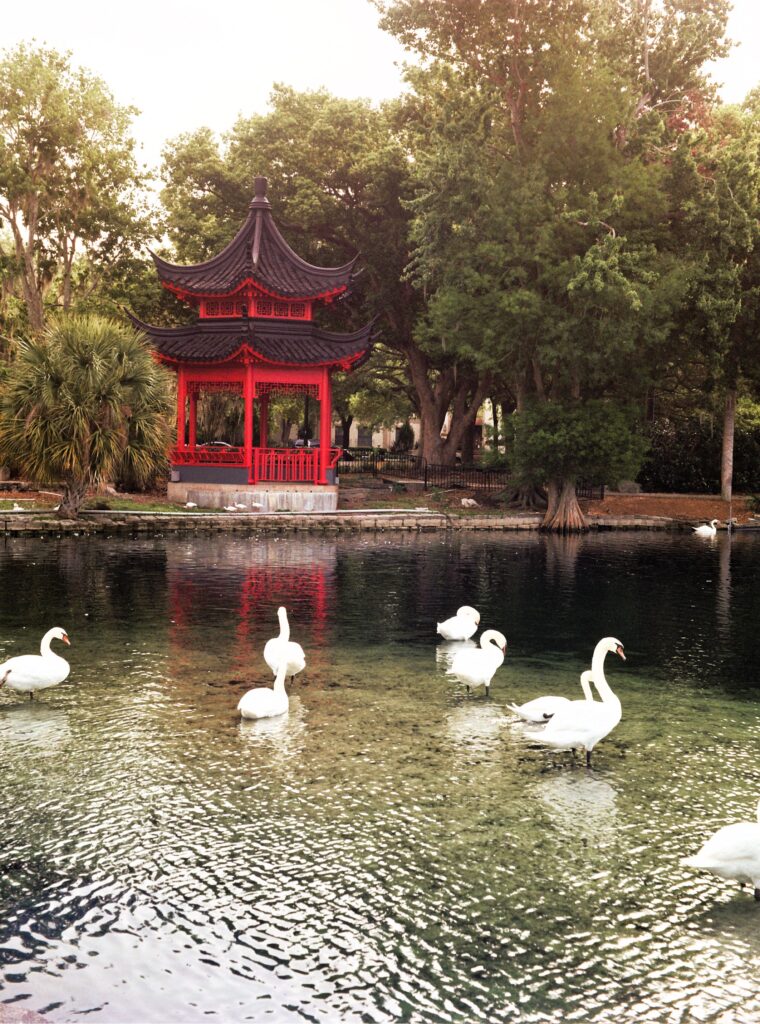
The swans have their own history at Lake Eola. In 1922, an Englishman was raising multiple breeds on nearby Lake Lucerne. There was a territorial conflict between two breeds of swans so they were separated and transferred to Lake Eola. Lake Eola now features Trumpeter Swans, Black Neck Swans, Whooper Swans, Royal Mute Swans, and Australian Black Swans.
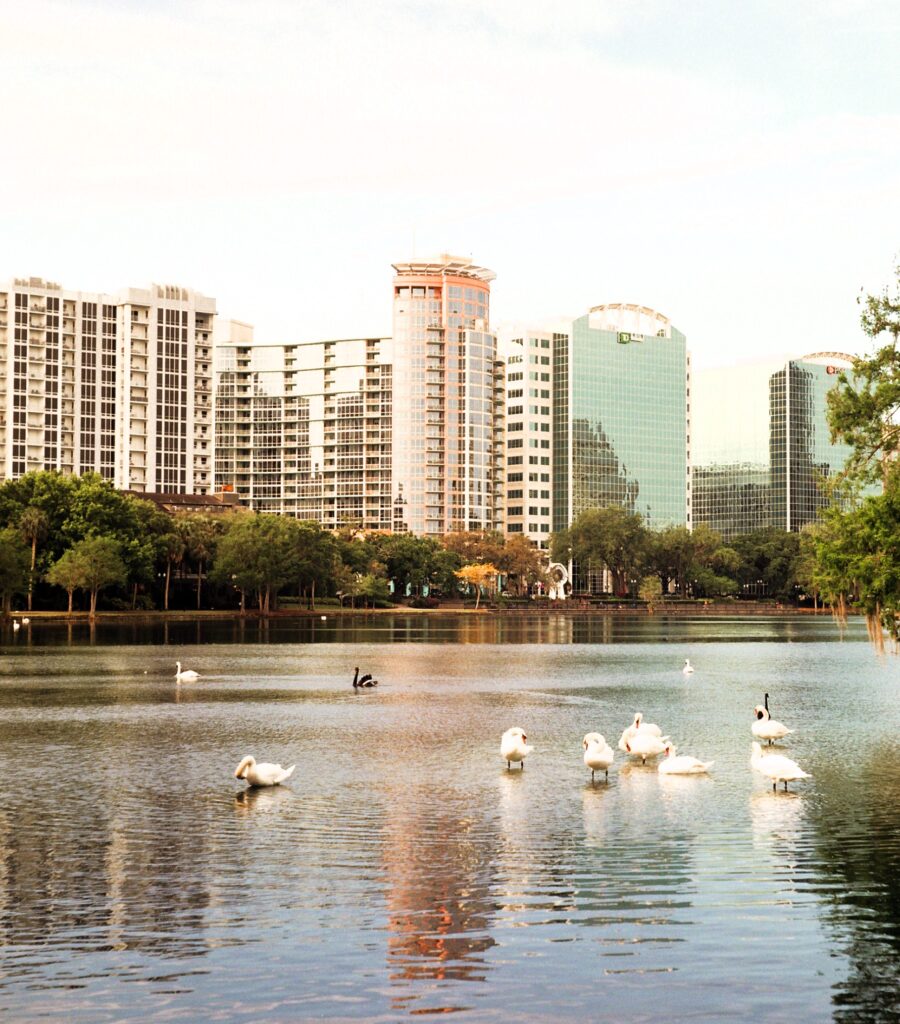
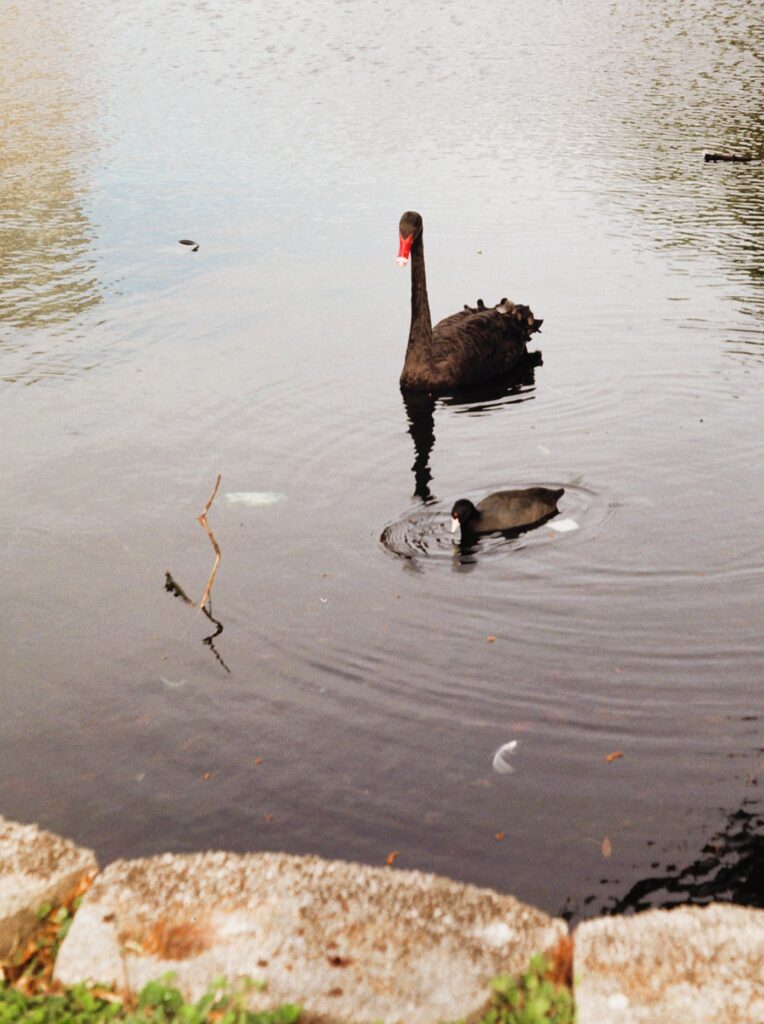
A sculpture of flying birds, perhaps gulls, sits on the north shoreline of Lake Eola. I have always been attracted to it. It looks different depending on how the light hits it. In the background is the brightly colored Amphitheater, locally known as the “Band Shell.” The original dates to 1886. Orlando is a much older city that most realize if all they do is visit the theme parks to the west and south of downtown.
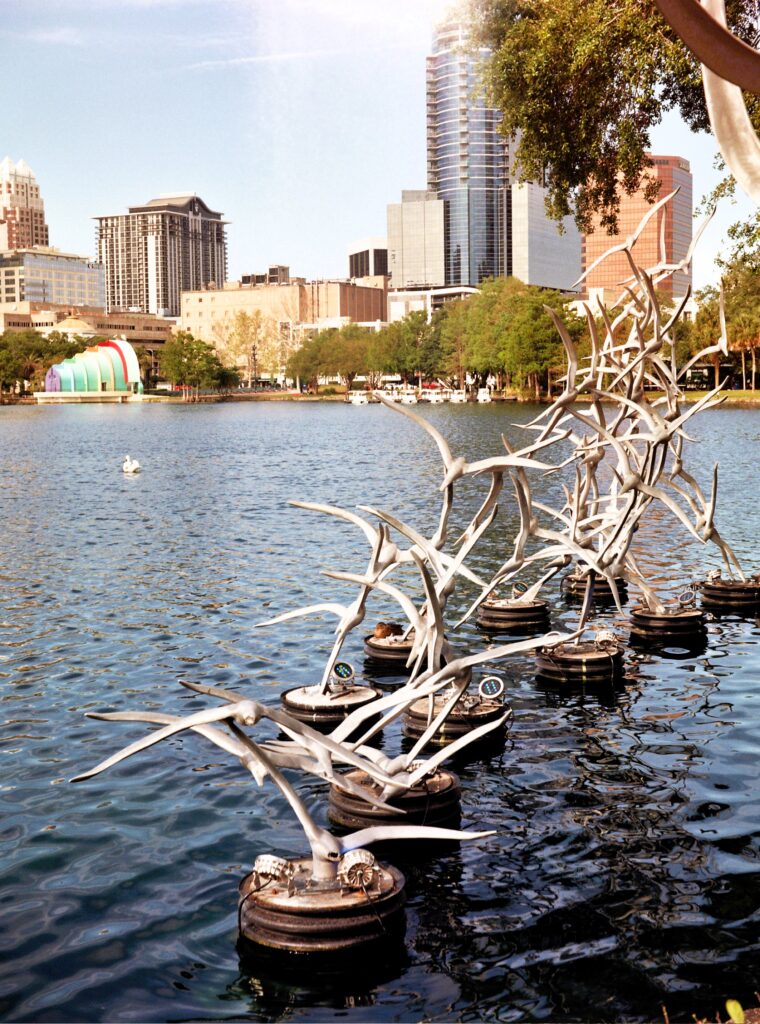
In the middle of Lake Eola sits the Linton E. Allen Memorial Fountain. It was built in 1957 and refurbished in 2011. It was designed to replicate similar styles found in England, Spain and Italy. At night, the fountain’s water jets and lights come to life with a choreographed light show set to music.
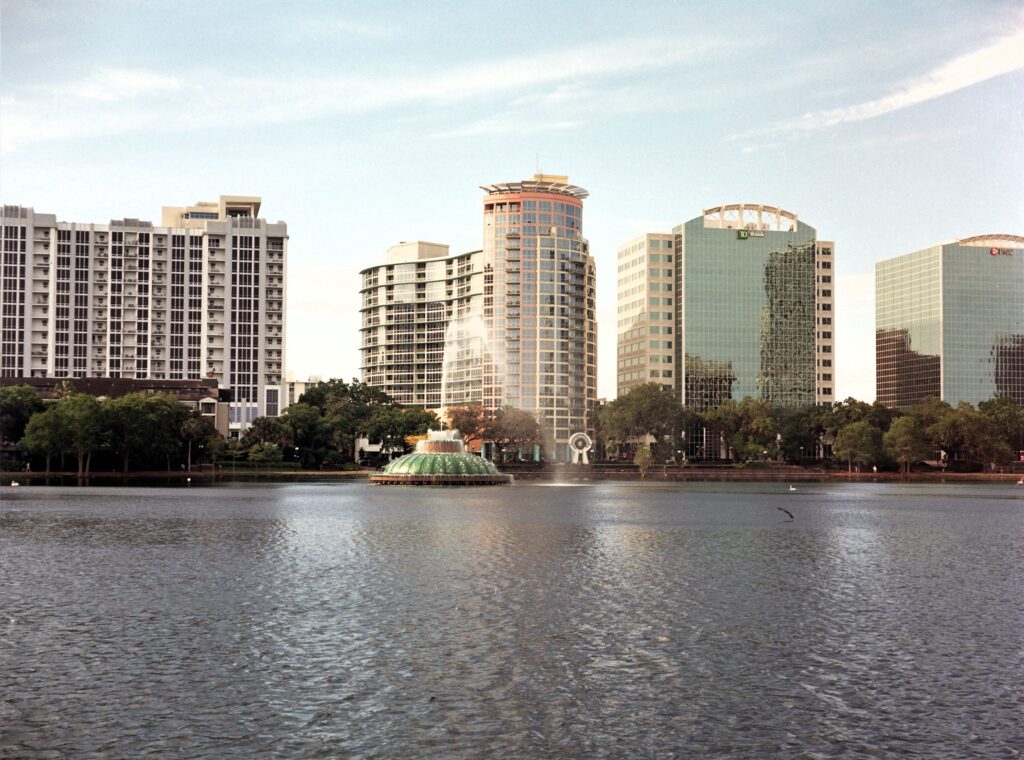
I was pleased with the results from this first roll of film. The Kodak Gold colors were natural and pleasing to my eye. The images seemed sharp (again to my eye). The camera is compact and easy to use, once you get used to it being fully manual. I will next try Ilford HP 5 Plus to see how the camera performs with B&W film.
The camera arrived in about 10 days from Mr. Guthrie’s shop in Tokyo. It was well-packed and in excellent shape. If you need a vintage Japanese camera (TLR, folder, rangefinder, etc.) at a reasonable price that has been fully tested and is film-ready, take a look at Japan Vintage Camera.
Share this post:
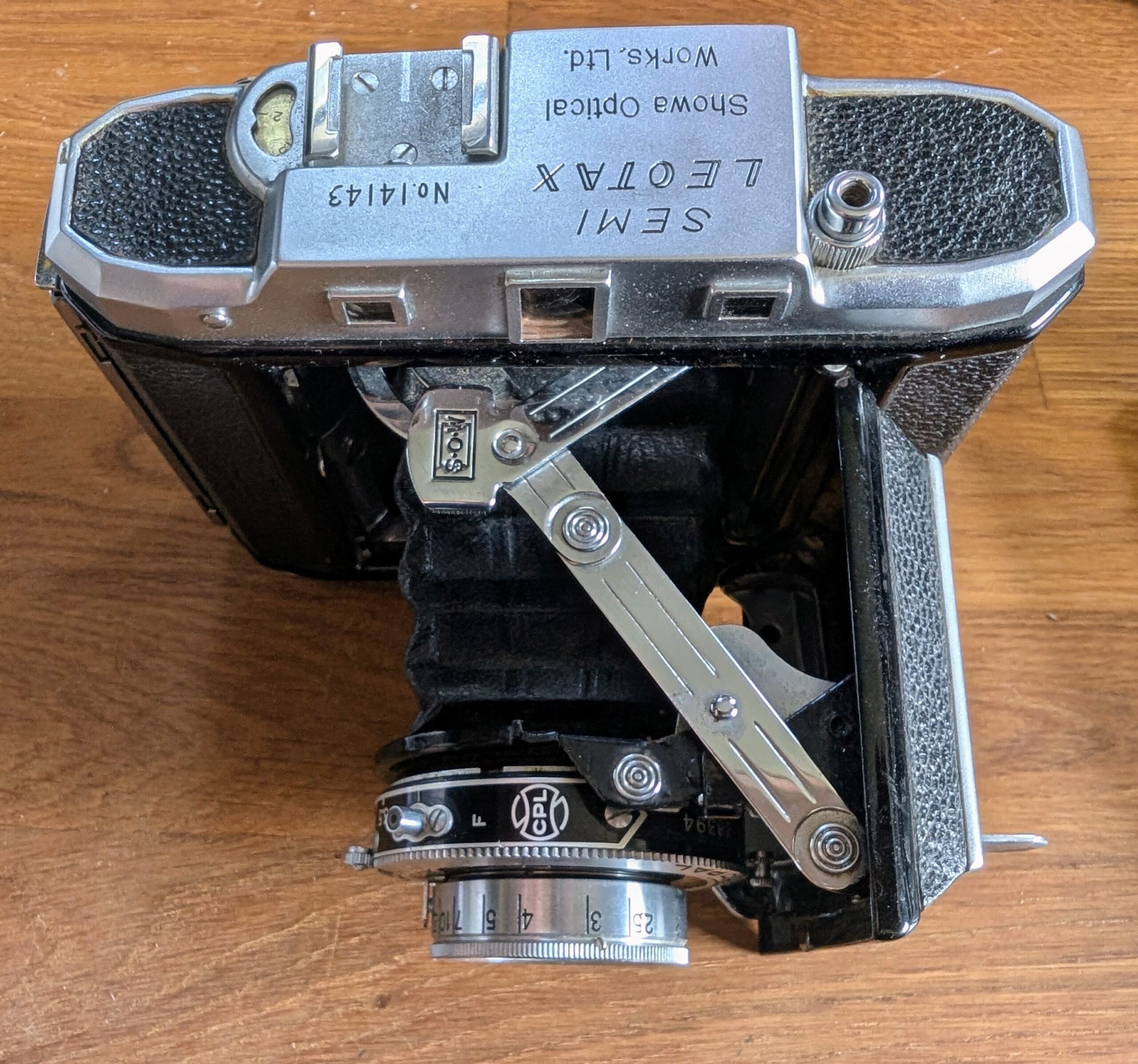
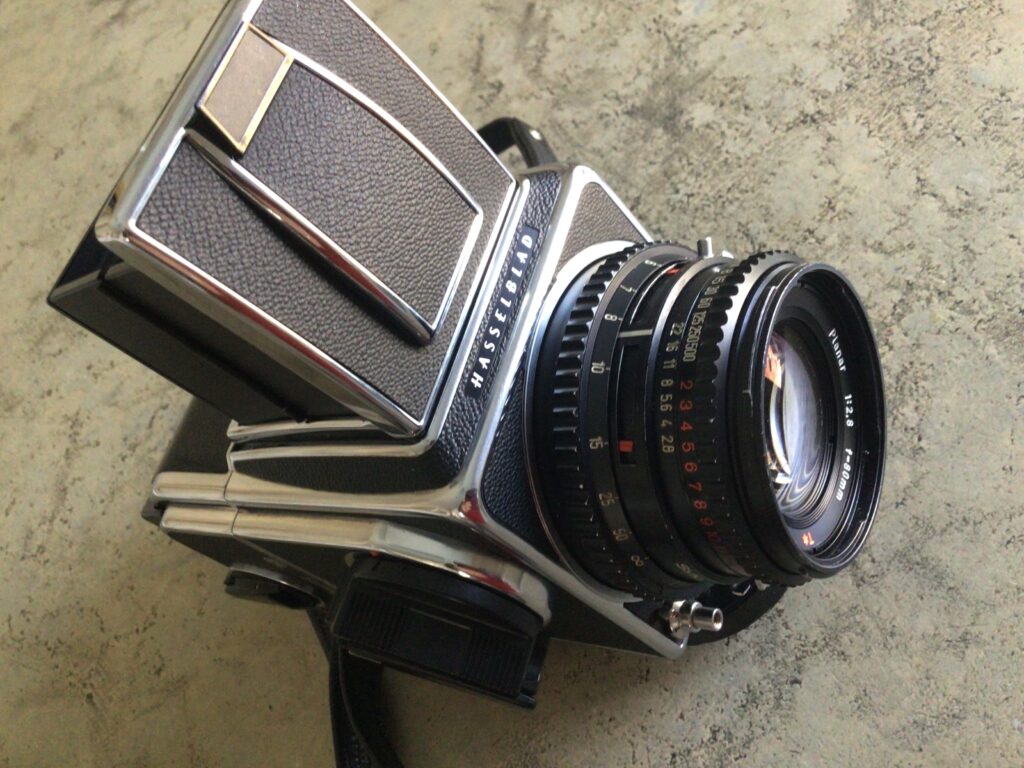
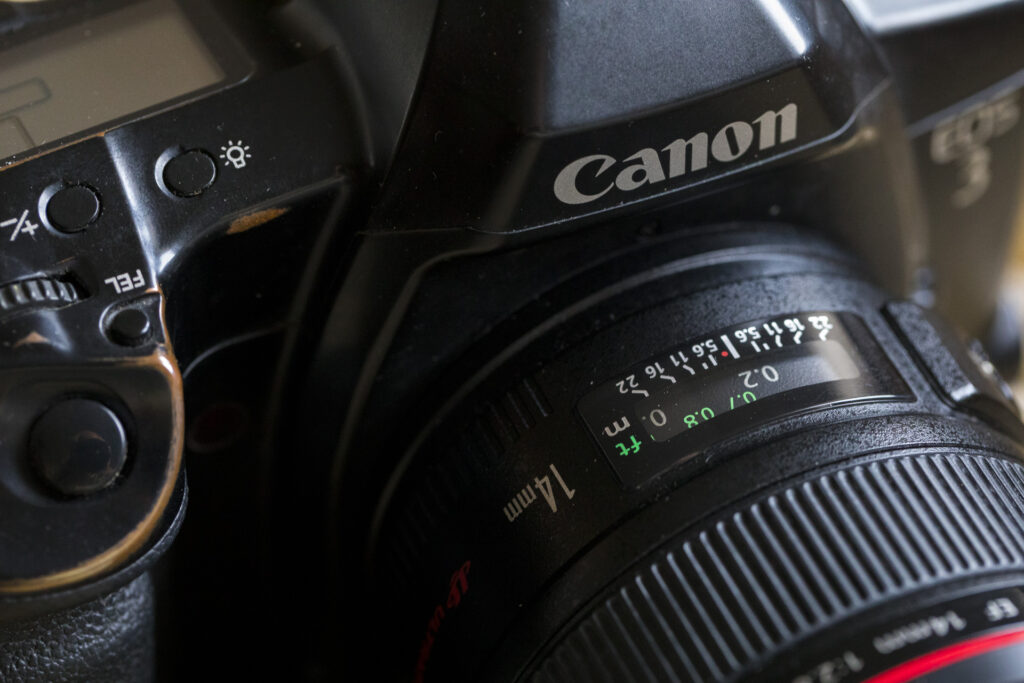
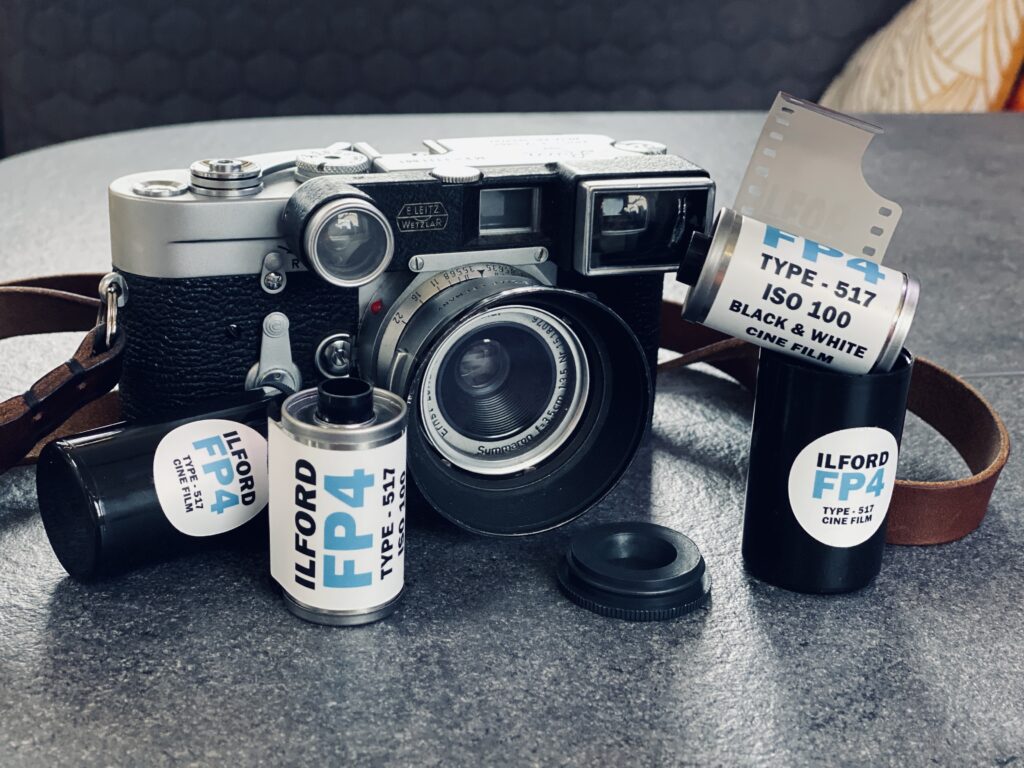
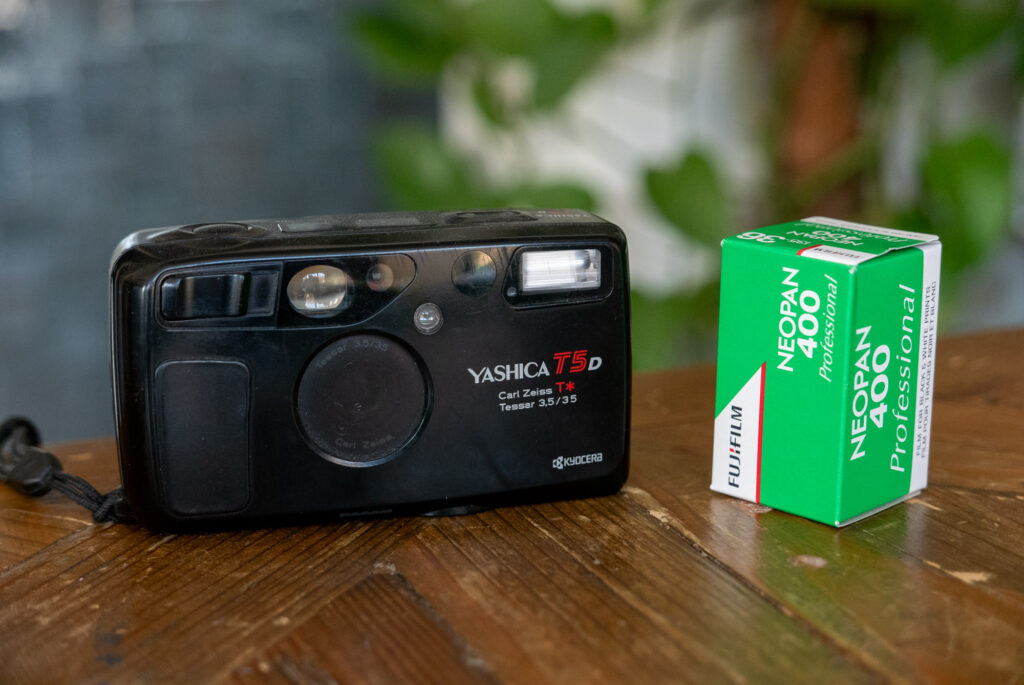




Comments
DON BALL on 5 Frames from Vintage Medium Format 645 Folder from Japan
Comment posted: 06/05/2025